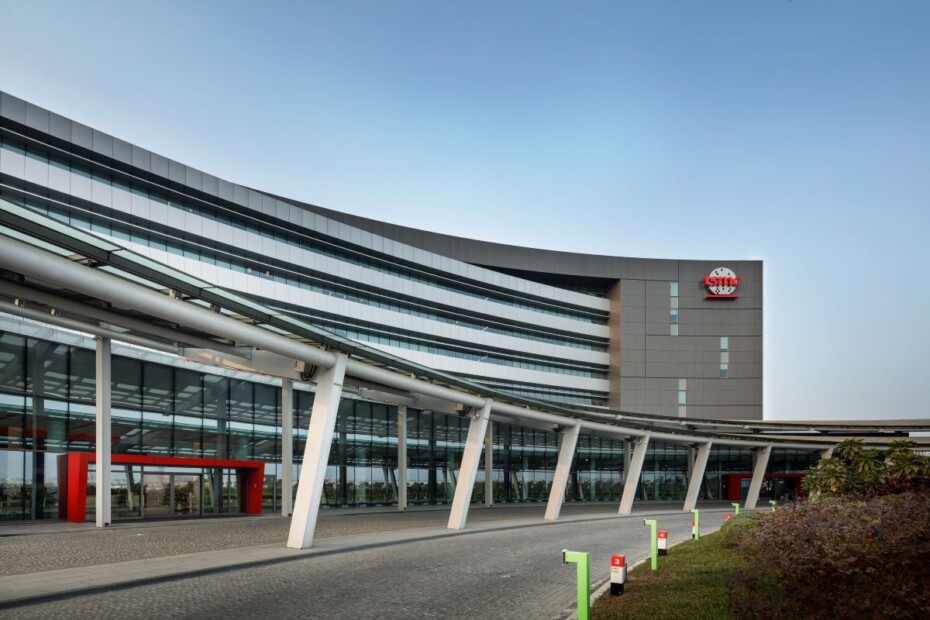TSMC Cannot Justify Taiwan-Centric Chip Production
By Bolaji Ojo
What’s at stake?
TSMC’s Taiwan-centric semiconductor manufacturing strategy helped it win the foundry race. However, that system is endangering the entire industry and calls into question its claim to be a global enterprise. Even now, TSMC remains wedded to its Taiwan-first manufacturing ideal. Unless it can build elsewhere an ecosystem as efficient as what it has in Taiwan, TSMC will remain a danger to the global semiconductor industry.
Taiwan Semiconductor Manufacturing Co. Ltd. has become too big to fail. And that is a problem for the entire electronics value chain.
It is the preferred foundry – and too often the only viable – partner for the world’s biggest fabless chipmakers; Intel Corp., the troubled MPU vendor that was once the global No. 1 semiconductor vendor by revenue and capitalization, found solace in TSMC’s arms while Nvidia, now the world’s most valuable chip vendor, credits the foundry with its survival.
That’s all good, justifiable and even admirable. But even TSMC has its Achilles heel. Except, unlike Hercules, TSMC has more than one major weakness. We have all just been too enamored of its ascent to realize the foundry may now represent the Weakest Link in the electronics supply chain.
Read More »TSMC Cannot Justify Taiwan-Centric Chip Production









